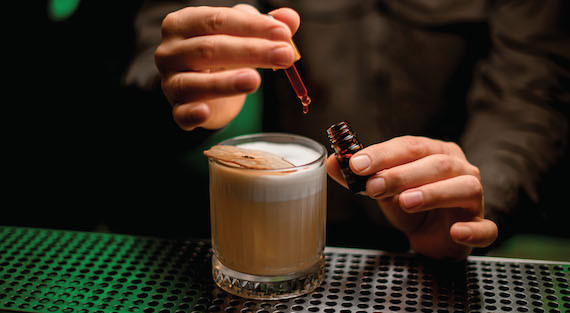Pisco has been one of the most export-focused categories in the industry over the past decade, with both Chile and Peru targeting new markets thanks to its lucrative international sales potential. Of course, the ongoing dispute over the origins of pisco rumbles on between the two countries, but with a less than ideal 2020 for both par- ties, perhaps a global pandemic could help align them with the common goal of increasing exports.
In February 2020, Pisco Chile invited Drinks International to visit a variety of local producers and gather insight into the export strategies of the category. “Pisco is huge in Chile and it’s what most people drink here, but domestic consumption is falling,” said Pisco Chile brand ambassador Rodrigo Flores. “A combination of healthier lifestyles and a wider choice of drinks has contributed to people drinking less pisco, so we need to look outside Chile to ensure the growth of the category.”
Jessica Fernandez Moreno, export manager for CCU’s Pisquera de Chile pisco subsidiary, added: “The main challenge for Chilean pisco is to develop the category throughout the world by building new business relationships with new importers in relevant markets such as Asia, Europe and Latin America.
“Once we have entered each one of the markets the idea is to develop a strategy through education to spread knowledge about the category with our portfolio. These days the consumption of pisco in Chile is stable and not growing, so we are putting all our efforts into making pisco as known as any other leading spirits category.”
These words of course preceded the extraordinary events of 2020. The effects Covid-19 has had on the wider pisco category are potentially devastating in the long term and may have forced a change in tactics for both pisco-producing nations.
EXPORTS DIVE
Since the turn of the century Peru has had the upper hand over Chile in terms of export volumes, but both countries have suffered declines as a result of the pandemic. According to the Chilean Office for International Economic Relations, the country’s pisco exports decreased by 21% between January and June of 2020, compared to the first half of 2019.
Rafael Zacnich, manager of economic studies at the Foreign Trade Society, told Franklin Briceño of Associated Press that Peruvian pisco exports fell 55% in the first half of 2020 compared to the same period in 2019, which equals 400,000 fewer litres.
Peru was also one of the first countries in Latin America to close its borders and enter a long and strict lock- down, severely affecting production. The mandatory closures of vineyards across the country meant thousands of farmers lost the vast majority of their harvests and, according to the same report from Briceño, more than 500 pisco producers in Peru saw a sales drop of more than 50% during the pandemic.




